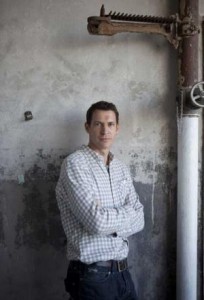By Rucha Ambikar
The day after Trump won the election, I went into my class as usual. I was setting up the smart podium, when a student in the first row turned back to another student to chat. I couldn’t overhear everything that went on between the two of them, but I did hear the student in the first row loudly exclaim “Well if you don’t like it; you can go to Canada.” Even though it was before class time, I gave this student the side-eye, wagged my finger at them and said “we don’t use that kind of language in this classroom. We’re going to practice being polite to each other in here!” The student apologized to me and class began. I don’t know if they apologized to the other student. This was the first day after the election and I wish I could say that this was the last time I heard exclusionary language in my classes. But I wasn’t surprised; throughout that semester I had been teaching to red ‘Make American Great Again’ hats.
I teach at a rural university in Minnesota where I am the only anthropologist on campus. It is not as much cache as it sounds. I teach large service courses where students in my classes are there only for the liberal education credits they receive. Most neither know nor care what anthropology is, and if anything, are prepared for college only as a hostile climate that may challenge their faith, their belief in creationism, their comfort with their ideas and self image. I wish I could say that this is a Trump-era problem, but the fact is that my classes at this university have always been this way. Barring a few welcome exceptions, students are not interested in learning anything that challenges their worldview, and certainly not from a foreign woman with an accent, who isn’t even Christian.
Post-election, when it feels like the entire climate in the country has shifted to resemble one I normally face in my classroom, I’m contemplating how we, as anthropology professors can continue to teach. Whom do we teach now, and to what purpose?
Continue reading
